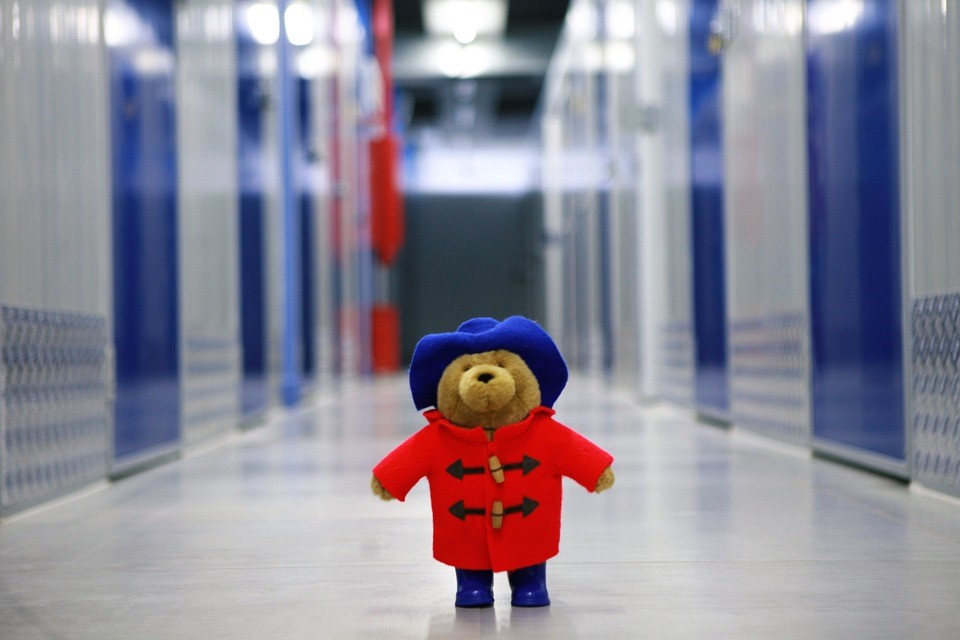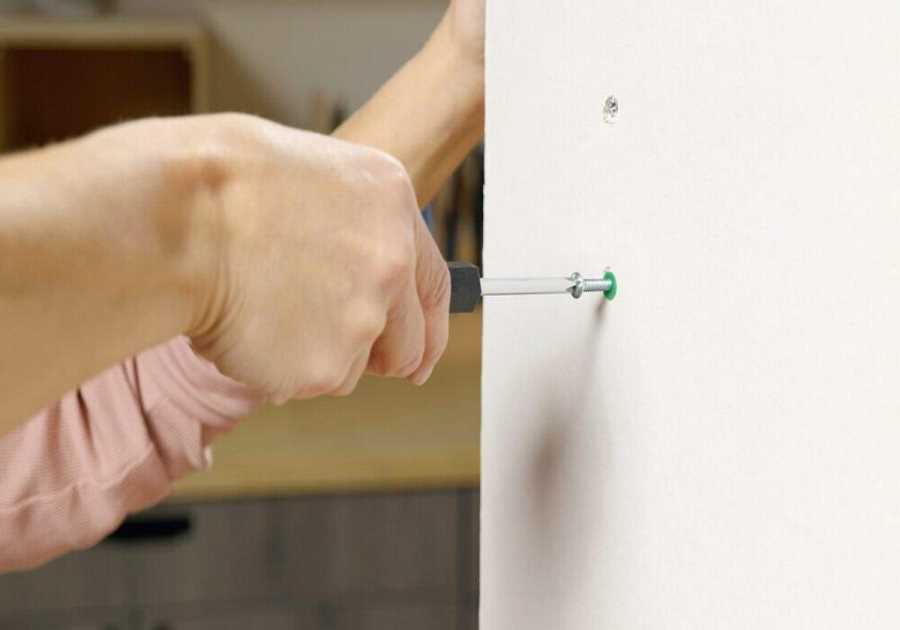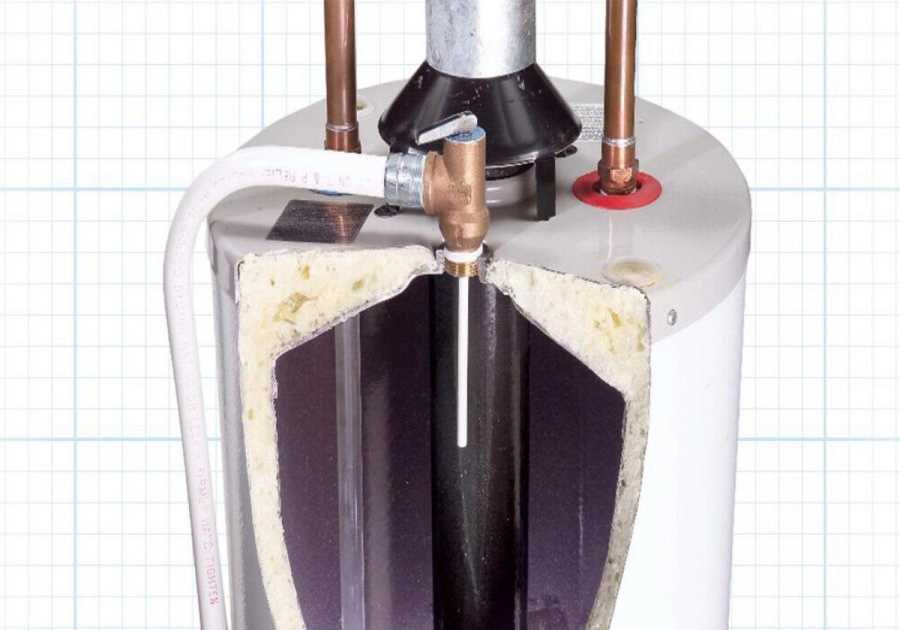
1. Spring Clean And Declutter First
Spring cleaning should be the first (and most important) step when preparing your items for long-term storage. Use this opportunity to declutter to get rid of things you no longer use/need. Take time to inspect each item and decide whether it is worth holding on to. Some fashions, for example, aren’t worth holding on to for too long. Consider donating or selling off most of the items you no longer need. Doing so will make the load smaller and more manageable, reducing the amount of space you’d need for self-storage. While decluttering is crucial, you might want to preserve items that have sentimental value. These include that prom dress, old baseball mitts, or even the guitar you rocked with, in your youthful years.
2. Climate Control for Delicate Items
There are two types of self storage units: climate-controlled and regular units. Climate-controlled storage units are mainly designed to maintain low humidity levels and temperatures between 55- and 80 degrees Fahrenheit. Climate-delicate items, such as photographs, documents, clothes, and valuable books, should be kept in the best condition possible, a reason you might want to go for the climate-controlled storage unit. This also includes musical instruments and antique furniture that might be affected by adverse climatic conditions. As expected, climate-controlled self-storage units will be a bit more expensive as compared to regular ones. This type of storage unit is also recommended for all items, especially if planning to keep the items for an extended period.
3. Find The Appropriate Storage Boxes/Equipment
In addition to choosing the best self-storage unit for your items, it would be advisable to look for the right storage containers or boxes for packing. While old bags and boxes may seem ideal, it would be best to invest in containers designed for the job. New cardboard boxes, for example, may be enough for storing plastic toys and stainless-steel appliances, among other non-perishable items. Cardboard boxes aren’t, however, strong enough and sealable, a reason they might not be an excellent option. Sealable plastic boxes, on the other hand, are easily stackable, more durable, and can keep moisture out. If looking for large boxes, look for special ones that are not only strong but also equipped with handles. These special boxes are best for storing delicate and valuable items, including crockery, glassware, mirrors, and clothes.
4. Make The Most Out of The Storage Space
Planning and organizational skills are needed when packing the boxes in the storage unit. You want to take advantage of every inch of the storage unit. This is why we recommend investing in stackable plastic boxes. You only should ensure the heaviest boxes are placed at the bottom, with the lightest ones at the top. Dismantling large furniture (if possible) can also help save lots of space. Mirrors and kitchen appliances can be kept upright in the farthest corner of the storage unit.
Easily damaged items, especially glassware, porcelain, and shoes, should be encased in bubble wrap or stuffed with crumpled paper. Do not fold expensive dresses and suits; leave them hanging freely in the storage unit.
5. Beef-Up Security
Most self-storage facilities invest in top-notch security systems (e.g., surveillance cameras, electronic entry systems, and guards) to help keep your valuables safe and secure. Some facilities have also invested in infrared detection units and biometric scanners for enhanced security. Storage units equipped with these can, however be expensive and only available in large cities. Out-of-town and traditional facilities may not be as equipped, though cheaper. If a cheaper/affordable option is what you are after, you might then want to invest in a second pair of locks. The locks provided for by the facilities may not be enough to keep a determined burglar out. You want to look for disc locks for your self-storage unit.
6. Get Adequate Storage Insurance
There’s a good reason why you’d rather have these items in self-storage for several months than simply sell them off. Although the facility may have a state-of-the-art security system, you might still want to have the same insured. One of the best ways to get that ‘peace’ of mind while abroad is to buy adequate cover for your valuables. Unknown to many, your homeowners or renters’ insurance policy may cover items in self-storage. Check with your insurance provider to ascertain this before buying additional cover. Some facilities will also have insurance in place covering all items kept in their units under their watch. If none of these is offered, you could then obtain third-party insurance for specific items in storage.
7. Park Your Car Wisely
You don’t want to leave your car unattended for all these months, do you? Although storage facilities may not allow one to park at the garage door, some allow one to pack inside the garage. Prep the car well before leaving it in the garage. Remove/hide any valuables that might attract attention to the car. If the facility doesn’t allow cars to be left for extended periods in their garage, you could also ask your neighbor or friend to help. Some neighbors will not mind having your car in their driveway.
Do you wish to use the car immediately after getting back? If yes, consider the following:
– Put sufficient air in your tires
– Change to new oil
– Fill the tank (add fuel stabilizer)
– Block any holes and openings (exhaust, etc.). This will help keep rodents and bugs from nesting in.
The post Top 7 Self-Storage Tips When Relocating Abroad appeared first on Travel Experta - Travel, Lifestyle, Freedom.
----------------------------------------------------------------------------------------
By: Marina 'Travel Experta'
Title: Top 7 Self-Storage Tips When Relocating Abroad
Sourced From: travelexperta.com/top-7-self-storage-tips-when-relocating-abroad/
Published Date: Tue, 21 Feb 2023 12:32:33 +0000






